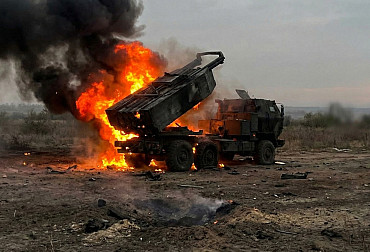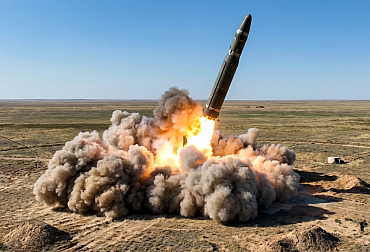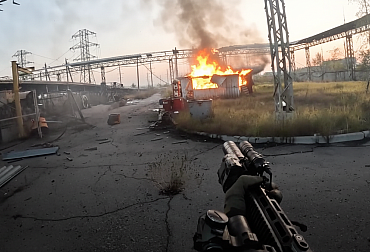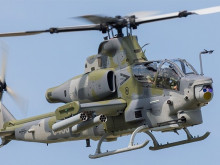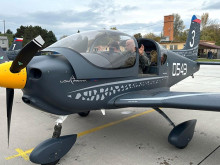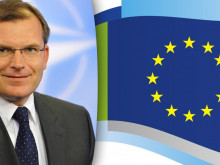The Future of Tanks in the Army of the Slovak Republic
The tank is still considered an important part of the ground forces, the role of which is difficult to replace in some situations. In the category of ground combat vehicles, it is truly a unique means, which for many years has played an extremely important role in various, especially close forms of combat. Especially in Central Europe we can see that T-72 tanks are still used in various modifications and modernized versions. The question arises, regardless of whether the T-72 tanks are of good or poor quality, whether they are not actually past their prime and perhaps should not be replaced by more modern ones. This question is also relevant from the point of view of Slovakia, which will soon have to start thinking about how to bring ground forces closer to the modern standard of the 21st century.
At present, the Slovak ground forces have 22 T-72M1 tanks. These tanks are used in the tank battalion placed in Trebišov. The tank battalion is a subordinate battalion of the 2nd Mechanized Brigade Prešov. The previous management of the Ministry of Defence of the Slovak Republic planned to gradually modernize the tanks that serve in this unit. The then Minister of Defence Peter Gajdoš stated that in the future Slovakia would also buy new tanks, which would become part of a heavy mechanized brigade. According to the plans of the then management, the acquisition process was to begin during 2024 and 2025.
The modernization of tanks is also stipulated in the strategic documents of the Ministry of Defence of the Slovak Republic. For example, the Long-term Defence Development Plan with an emphasis on the construction and development of the Armed Forces of the Slovak Republic with an outlook up to 2030 (hereinafter “Long-term Outlook for Defence”) considers the modernization of armaments, technology, materials and communication and information systems, or the overall replacement of obsolete technology, for which further improvement is no longer effective, as a basis for building and developing capabilities which guarantee state defence. To achieve these capabilities, according to the “Long-term Outlook for Defence”, one of the priorities is the implementation of projects to increase the quality parameters of the main combat technology of ground forces in order to ensure critically insufficient capabilities of the mechanized brigade. The “White Paper on the Defence of the Slovak Republic” envisages maintaining the capabilities of the tanks and, by the end of 2020, preparing a plan for the development of tank units. Within the second stage of the development of the Armed Forces of the Slovak Republic (period 2021-2030), the “White Paper” envisages the modernization/replacement of tank units. However, with the arrival of the new political leadership at the Ministry of Defence, led by Minister Jaroslav Naď, the question is whether the modernization of tank units will remain one of the main priorities for the development of the Armed Forces of the Slovak Republic. At this year’s meeting with Industry, the Modernization Section of the Ministry of Defence of the Slovak Republic stated that the acquisition of new tanks is one of the priorities for the ground forces. We can also see from examples from the near abroad that the replacement of obsolete tank equipment belongs to the priorities for the development of armed forces. In a broader perspective, it can be said that the replacement of obsolete T-72 tanks, whose serial production has been running since the 1970s, would improve not only the combat capabilities of the Slovak army but also the defensive power and capabilities of the armed forces of the entire V4 region. What options does Slovakia have in the acquisition of new tanks and from which tanks could it choose?
Leopard 2A7+
Leopard 2 tanks are undoubtedly among the most famous tanks in the world. Leopard 2 tanks are used in various versions by different states. From the point of view of Slovakia, the most interesting could be the version 2A7+. This version, manufactured by Krauss-Maffei Wegmann, offers customers passive all-round protection for the crew against various types of threats, such as improvised explosive devices, mines or anti-tank missiles. In addition, the tank has night vision systems, improved optoelectronics for reconnaissance, search for targets and their locating and targeting over long distances, or even a multifunctional and fully digitized way of operation.
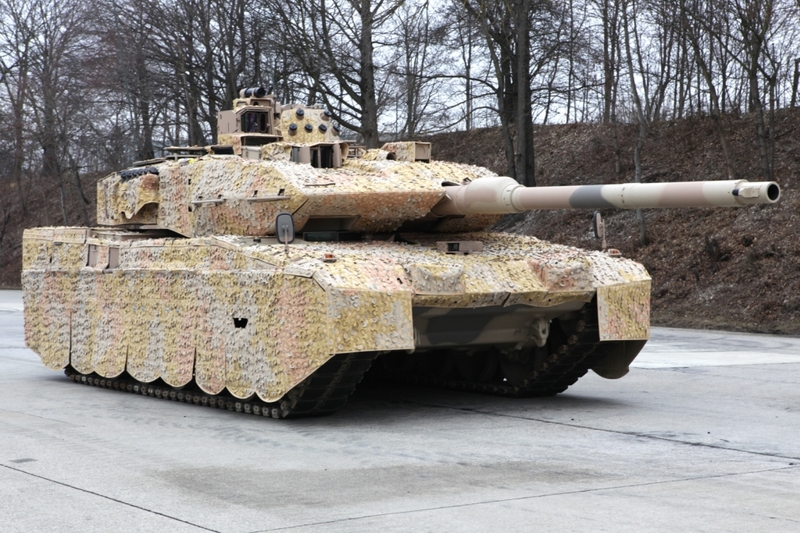
Picture: In addition to the technical and performance parameters of the Leopard 2A7+ tanks (pictured), the Hungarian acquisition of these tanks is no less interesting for Slovakia. | archive of Krauss-Maffei Wegmann / CC BY-SA 3.0
In addition to the technical and performance parameters of the Leopard 2A7+ tanks, the Hungarian acquisition of these tanks is no less interesting for Slovakia. At the end of the year, Hungary ordered 44 Leopard 2A7+ tanks from Krauss-Maffei Wegmann. The order also includes PzH 2000 belt howitzers and, in addition, used Leopard 2A4 tanks. Leopard 2A7+ tanks, the Hungarian version will be called Leopard 2A7HU, will replace the old T-72 tanks in the Hungarian Armed Forces. Hungary will receive the first new Leopard 2A7HU tanks in 2023. The possibility of acquiring Leopard 2A7 tanks is therefore worth considering, as the state of armament of the Hungarian army is similar to the Slovak and the possible acquisition of this type of tanks would increase the compatibility of V4 armies. What could be a disadvantage of these German tanks is their weight, which is much higher compared to the T-72 tanks, so their acquisition would cause infrastructure problems and would require the purchase of new logistics and transport equipment.
K2 Black Panther
The K2 Black Panther tank may be a lesser-known vehicle in our geographical environment, as it is a South Korean-made tank. The manufacturer of the tank is Hyundai Rotem (part of the Hyundai Motor Group). According to the manufacturer himself, the new concept based on maximizing the effectiveness of combat management through digital ergonomic solutions makes the K2 Black Panther tank suitable for use in 21st century conflicts. The South Korean tank has, among other things, reinforced armour made of new material and an active protection system, and the control and command system is adapted to the digital battlefield in three-dimensional projection. The tank also has integrated automation of various control systems with elements of artificial intelligence. Compared to the Leopard 2A7 tank, the K2 Black Panther tank is only in the armament of the South Korean army. However, this may change, as Poland has recently shown interest in K2 Black Panther tanks.
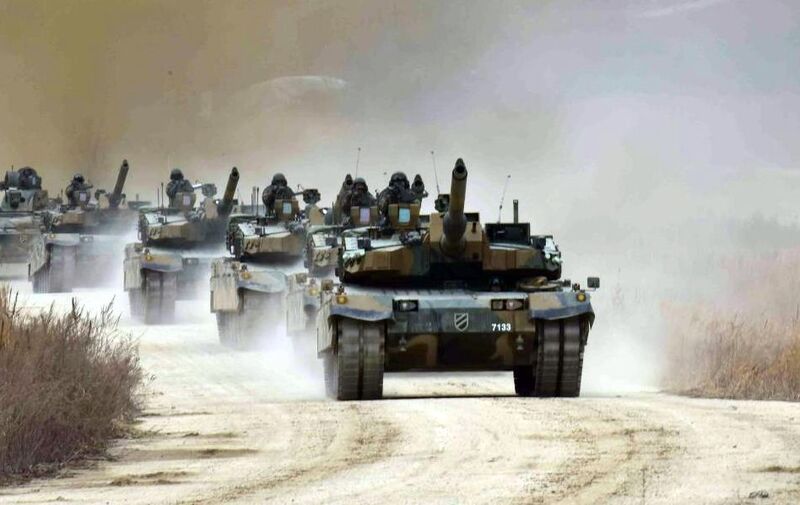
Picture: South Korean Army K2 Black Panther Serial Tanks | archive ROKAF / CC BY-SA 2.0
Hyundai Rotem has offered Poland cooperation in the development and production of about 800 polonized K2 Black Panther tanks. The jointly produced tank, in which the Polish defence industry would also be involved, would bear the name K2PL “Wilk”. The proposal for cooperation, which Hyundai Rotem offered to the Polish side, also found support in the South Korean government. What is even more interesting from Slovakia’s point of view is that Lee Han-Soo, one of Hyundai Rotem’s senior managers, said recently during the MSPO exhibition in Poland that the Polish project is extremely important for the company because it is interested in offering the K2 Black platform Panther to the Czech Republic, Slovakia, and other countries that decide to modernize their tank army. This is also the reason why Slovakia should carefully monitor the development of the Korean-Polish project and carefully analyse this option with a wider involvement of domestic industry.
In general, it can be said that Slovakia has examples in its vicinity of how it is possible to implement a change in tank technology. They offer a different view of a possible replacement of outdated technology, but the message is the same at one point. The modernization of decades-old technology fails to fully develop the potential of the armed forces. This is only a temporary solution, which should offer time to prepare a plan for a large-scale replacement of military equipment.












